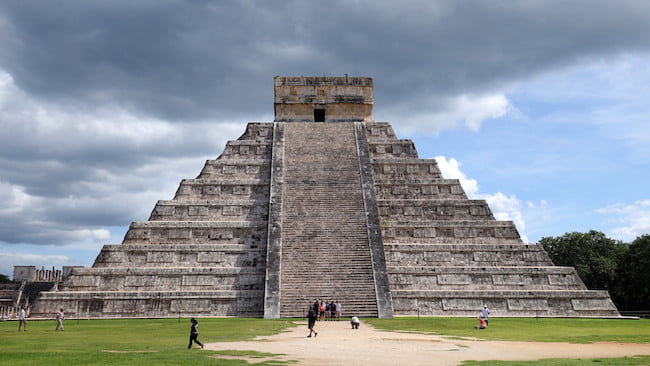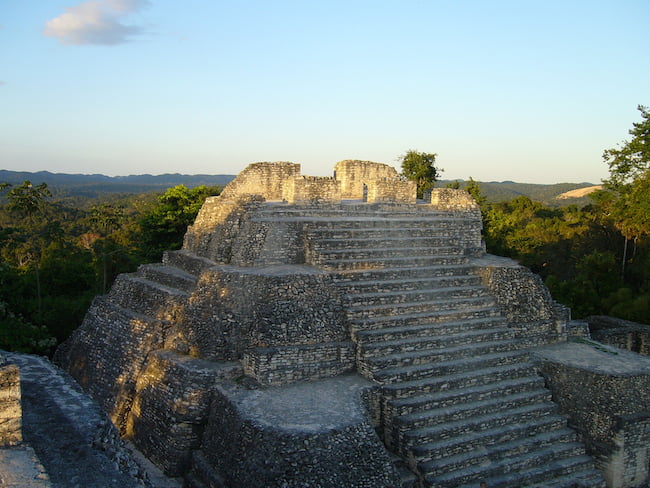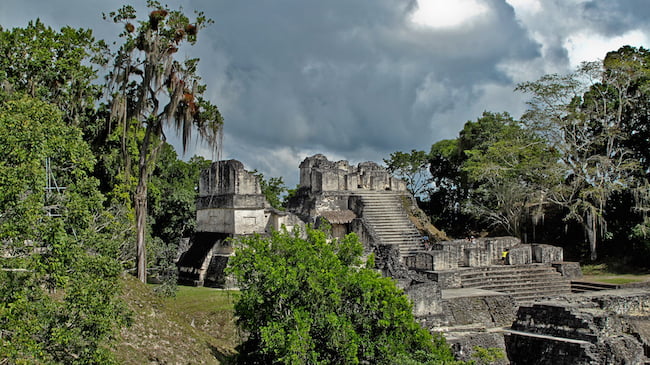It’s been a long time since we wrote about historical architecture on the blog, and what better topic to kick it off with than the Mayan Ruins? One of the world’s most-loved historical stories.
Let’s start with a quick history lesson before we get into the architecture, because if it’s one thing we really love is a good story behind the building, or in this case, buildings. The ancient Maya civilization was smart, talented and creative. They were known for developing the only known developed writing system pre-Columbian Americas, as well as for their art and architecture. Location wise, the Mayans habited southeastern Mexico (which would explain touring some Mayan ruins on your Mexican vacation), Guatemala, Belize and western portions of Honduras and El Salvador. In short, a large portion of South America and some of Mexico.
That being said, there’s beautiful Mayan ruins in all of the aforementioned regions. Some of the Mayan-led cities had big temples, and pyramids. Regardless of how grand the architecture was, each of the cities was eventually swallowed up by the rainforest and forgotten for many centuries until it was discovered by early explorers and archeologist. And that’s when the beautiful Mayan ruins that we know of today was rediscovered – eroded, old but still magnificent.
 Image via Paul Simpson (Flickr)
Image via Paul Simpson (Flickr)
One of the most popular and famous examples of Mayan ruins is the Chichen Itza in Mexico, that beautiful pyramid you may have seen on a recent trip or in pictures. It’s about 3 hours from the Mayan Riviera. It’s funny because although this is one of the most famous examples of Mayan architecture, it’s far from being your typical Mayan design – in fact, the temple shows strong influences from the other civilizations that inhabited Central Mexico at that time. Interesting fact: There are no rivers or streams in and around the city, instead there are several natural sinkholes, called cenotes, which would provide access to underground rivers making it the only source of water for the Itza people.
 Image via james_robert_houghton (Flickr)
Image via james_robert_houghton (Flickr)
Another favourite tourist attraction is in Belize. Caracol was once one of the largest ancient Maya cities with an estimated population of about 150,000, and its largest pyramid is the tallest man-made structure in all of Belize, even today. Interesting fact: Caracol means snails in Spanish, because the archaeologists who discovered the site found many, many snails there.
 Image via TausP. (Flickr)
Image via TausP. (Flickr)
In Guatemala, tourists and visitors can get the ultimate experience – the Tikal ruins are located far into the jungle. There are a plethora of plazas, temples and pyramids all bathed under the shade and canopies of the rainforest. The magnificent temples are significant as they represented a city of people who dominated the Mayan world, politically, economically and in terms of military advancement for centuries. Interesting fact: unlike some of the other hidden cities, Tikal was never completely “lost” – locals always knew of the ancient city, and even some tourists would venture to Tikal in the mid 1800s.
The Mayan ruins hold centuries of architecture, and it would take more than a blog post to detail everything. Have you ever visited any of the Mayan ruins? We’d love to see your pictures! Share them with us on Twitter.
